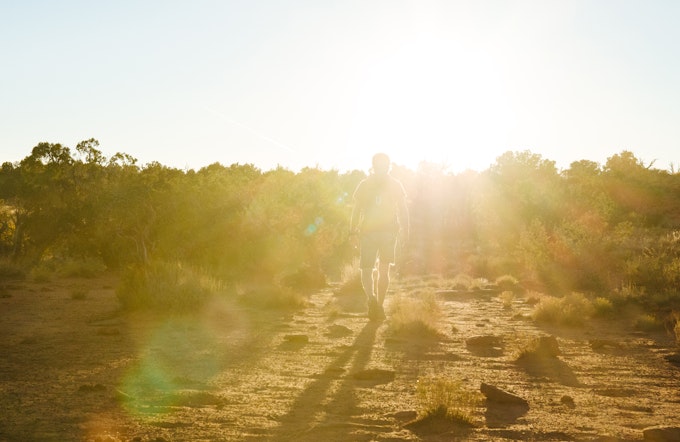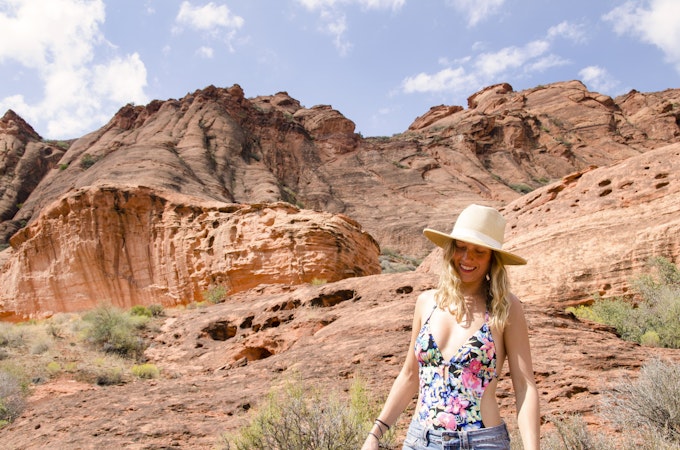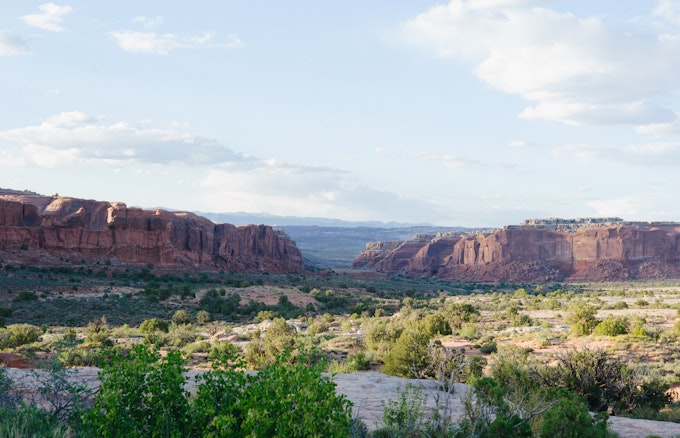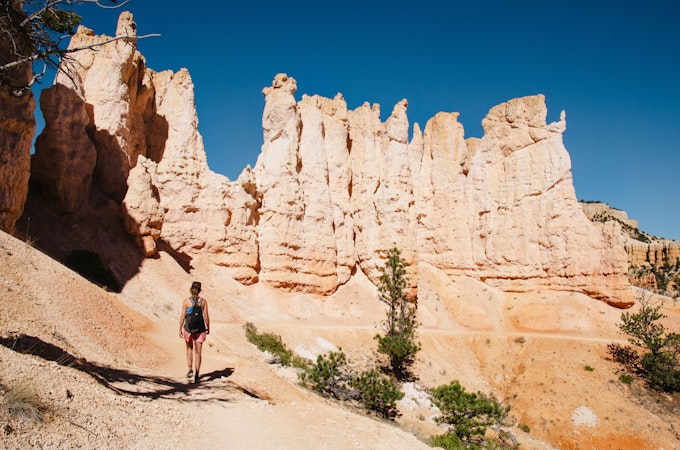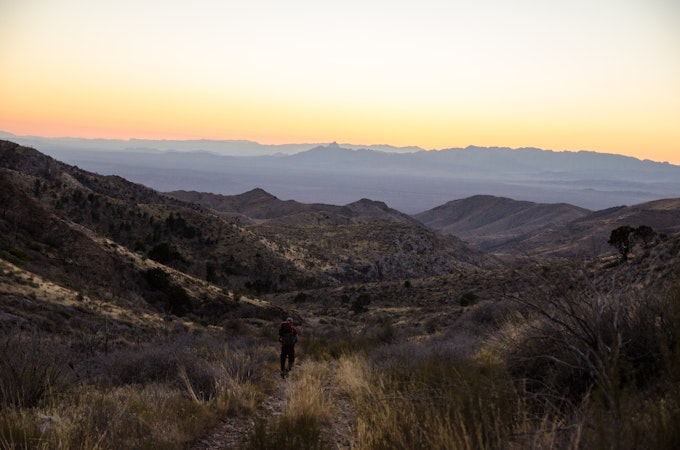Why We Love the Desert
A look into what makes desert adventures so noteworthy.
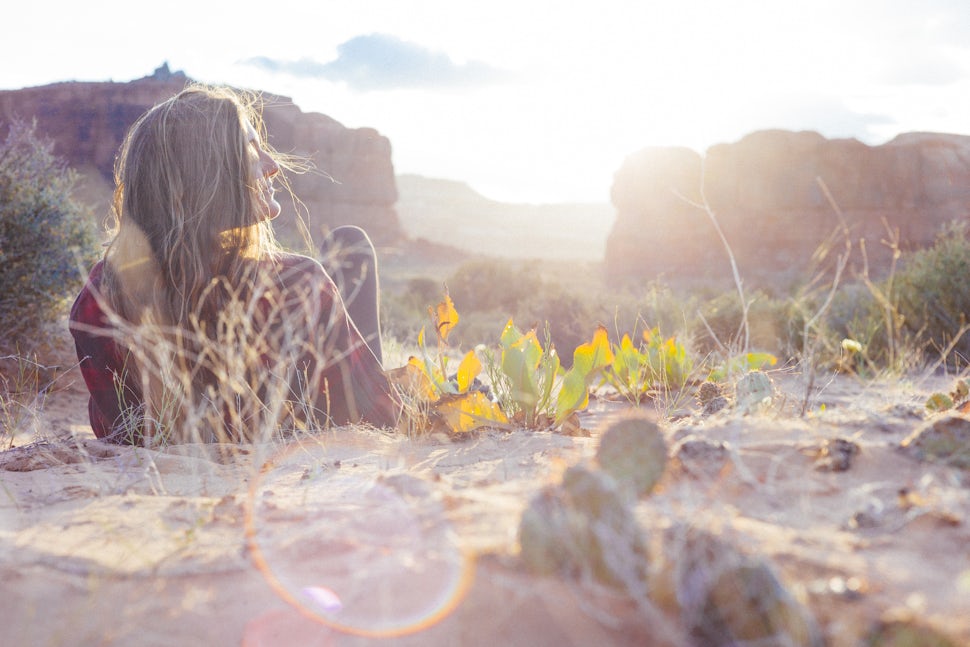
While the desert covers more than one fifth of the earth's land, it has always seemed a foreign landscape that I am particularly drawn to. Each time I visit, I cherish it more and more. My latest trip left me feeling so charmed, I decided to delve into what makes this landscape so beautifully distinctive.
Sunshine
You can almost always count on sunshine brightening your day in the desert. There are tons of advantages to planning adventures where the sun shines inordinately. It keeps the rock dry for climbing, gives you a higher probability of predicting the weather for long hikes, makes camping less stressful and allows you to discover the numerous slot canyons found in the desert, without worry.
The Intricate Ecosystem
With little water, plants and animals found in the desert must adapt to harsh conditions. Lots of plants remain dormant until they receive rainfall. Some of the most common desert plants are cacti, succulents, and evergreen, all of which are uniquely beautiful. To get a view of a smaller, but equally stunning view of life, get low to the ground and gaze at the cryptobiotic soil. Most desert soil is covered in crusts withs these living organisms, which is why it is important to stay on trails, when possible. There are few large animals to worry about in the desert, so you can rest easy.
Warmth
The dry and sunny climate of deserts are often accompanied by warmth. Deserts do have seasons, and temperatures can get below freezing, but collectively the deserts we travel to in America stay warmer than other environments.
The Colors
The color palette of the desert scenery is stunning. Blues, reds, oranges, greens, and everything in between. As a photographer, I am constantly dazzled by the way the rock, desert floor, and sky shades change throughout a single day. This image says it all.
Rock Formations
If you have traveled to a desert, chances are you have run into some rock formations that have taken your breath away. Some of these formations can be incredibly delicate and others are strong enough for climbing and hiking. As a climber, trips to the desert allow me to experience these distinctive rocks close up. Sandstone is the most common type of rock found in the desert, but you can also find limestone, granite, basalt, schist, and more.
Space
Perhaps my favorite trait of the desert is its extreme vastness. You can literally see for miles. Campsites are readily available as much of desert land is designated BLM. Because deserts cover such mass amounts of land, it is easy to find exclusive places.
We want to acknowledge and thank the past, present, and future generations of all Native Nations and Indigenous Peoples whose ancestral lands we travel, explore, and play on. Always practice Leave No Trace ethics on your adventures and follow local regulations. Please explore responsibly!
Do you love the outdoors?
Yep, us too. That's why we send you the best local adventures, stories, and expert advice, right to your inbox.


